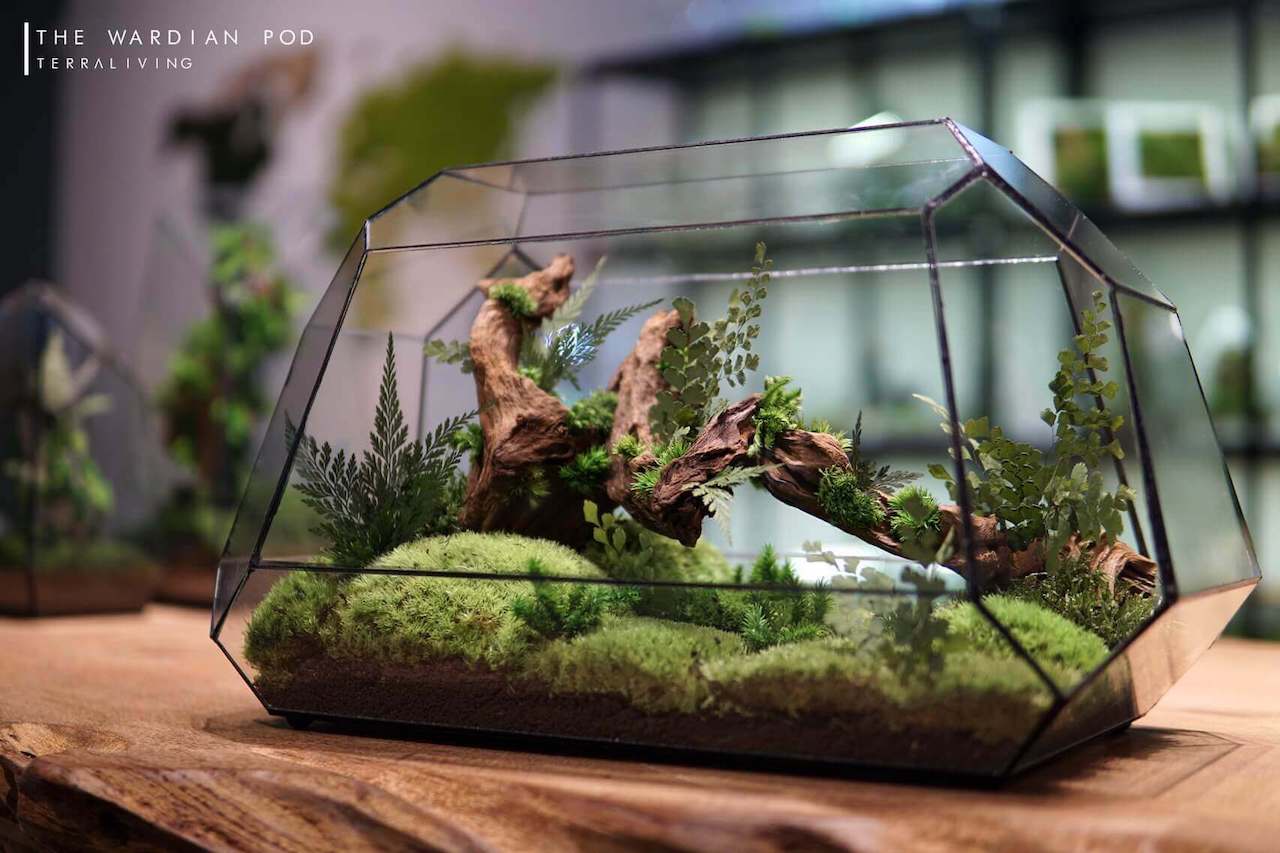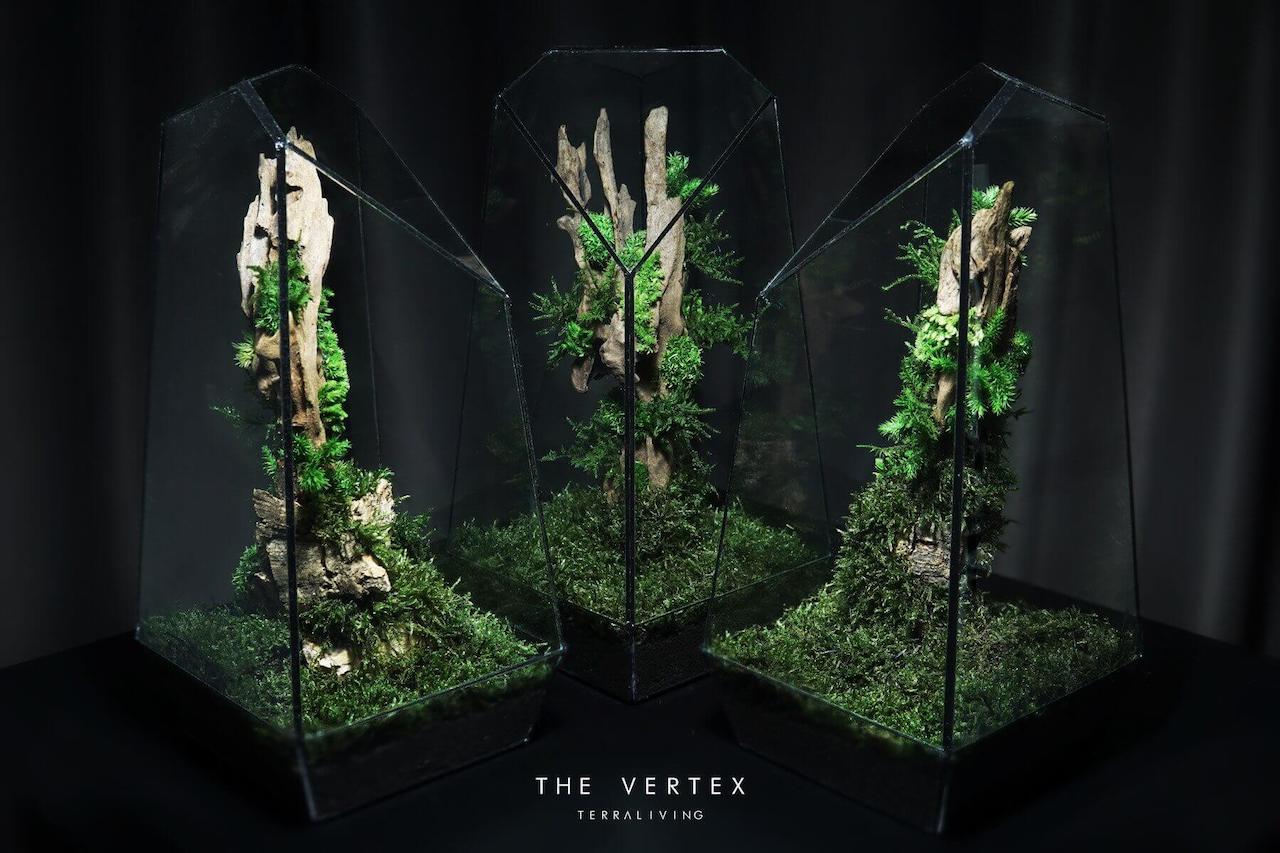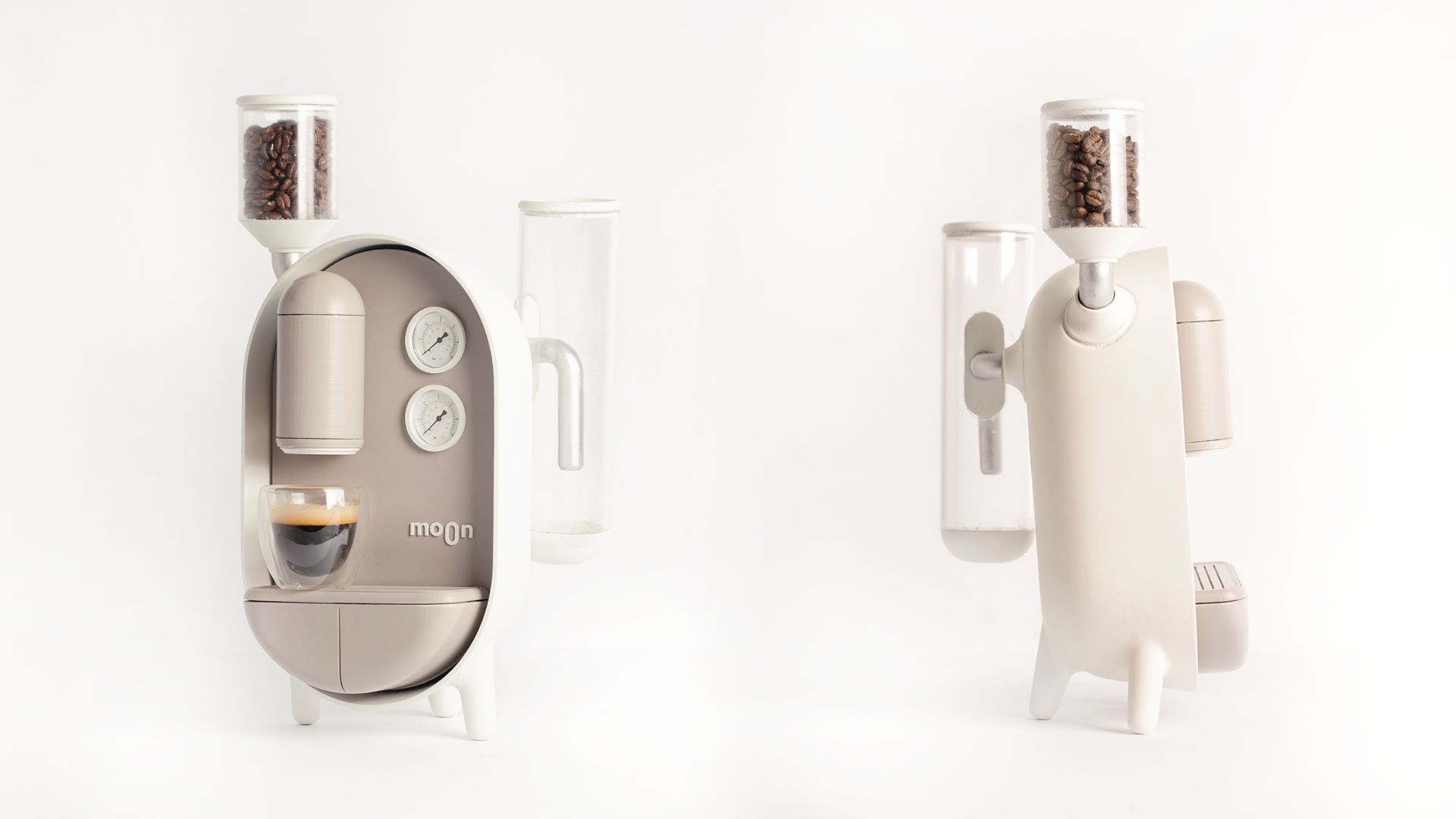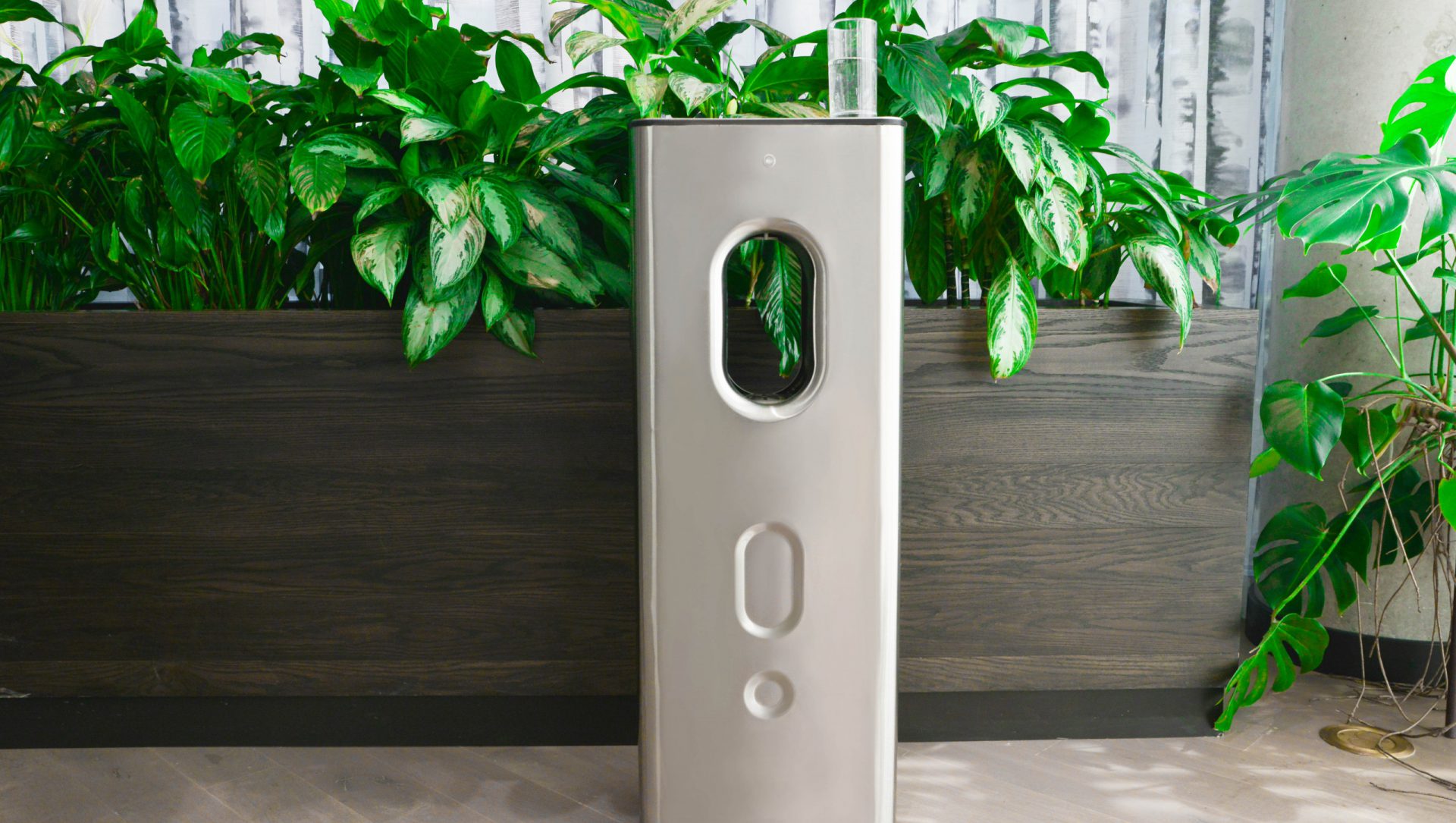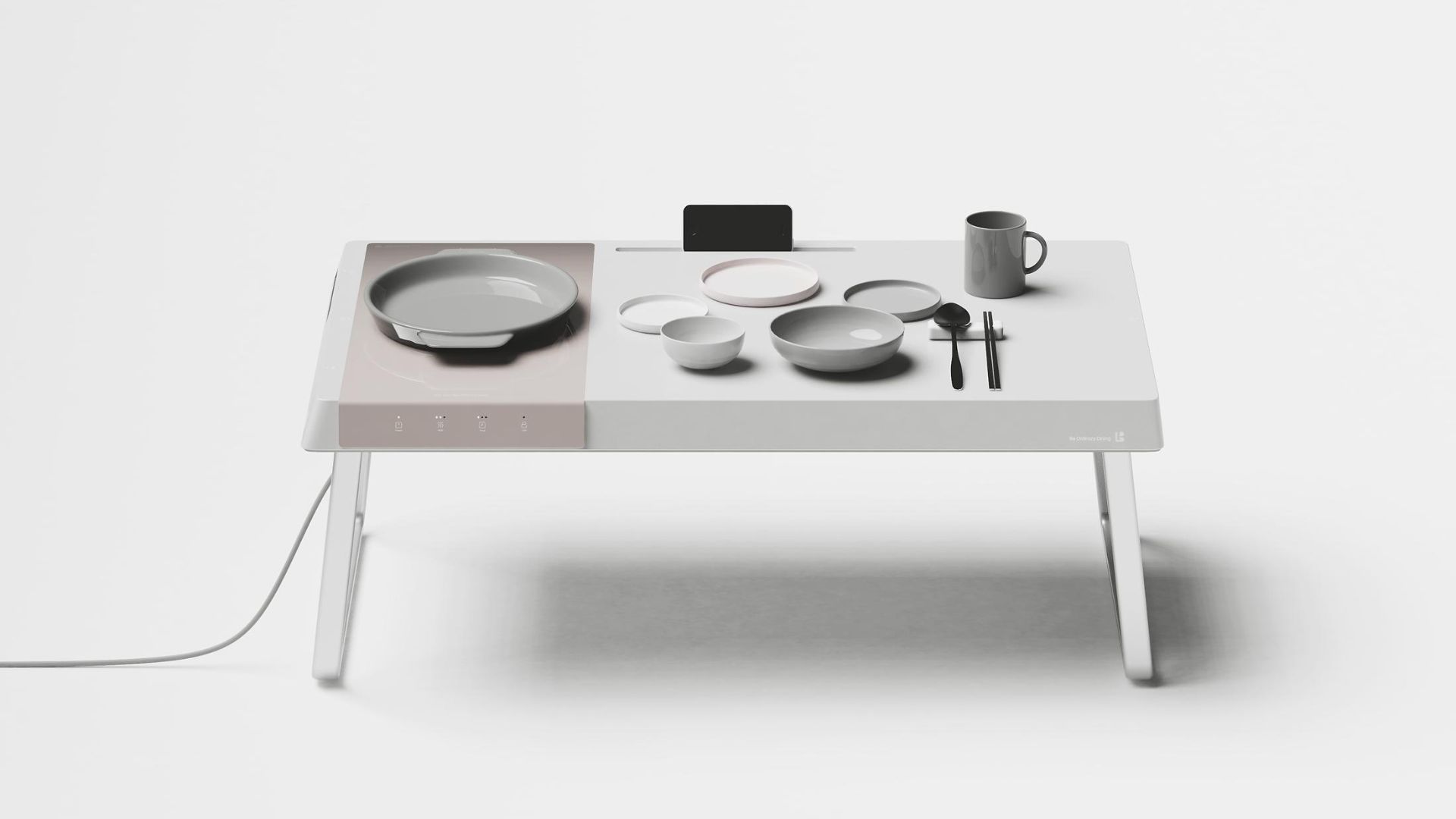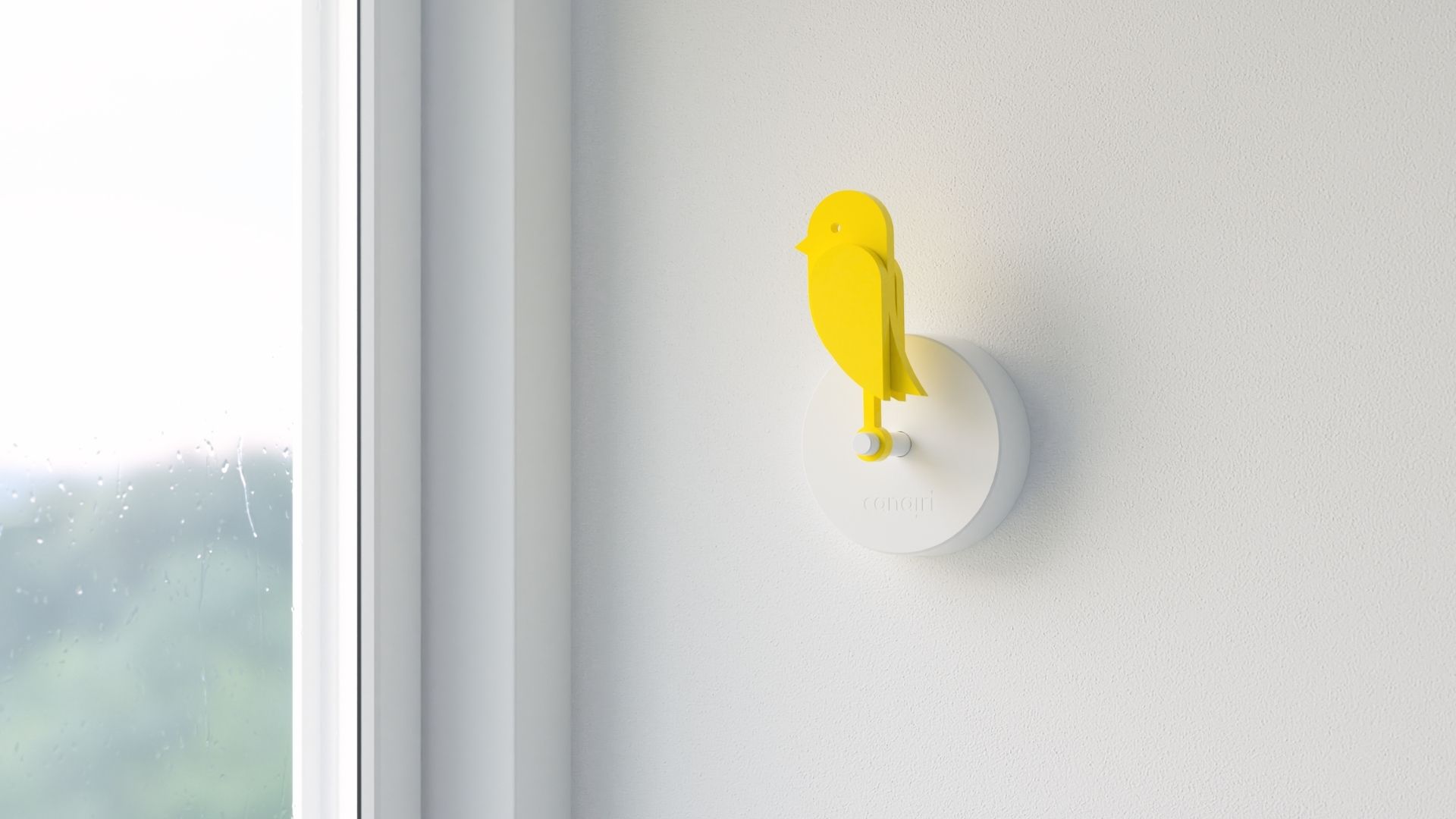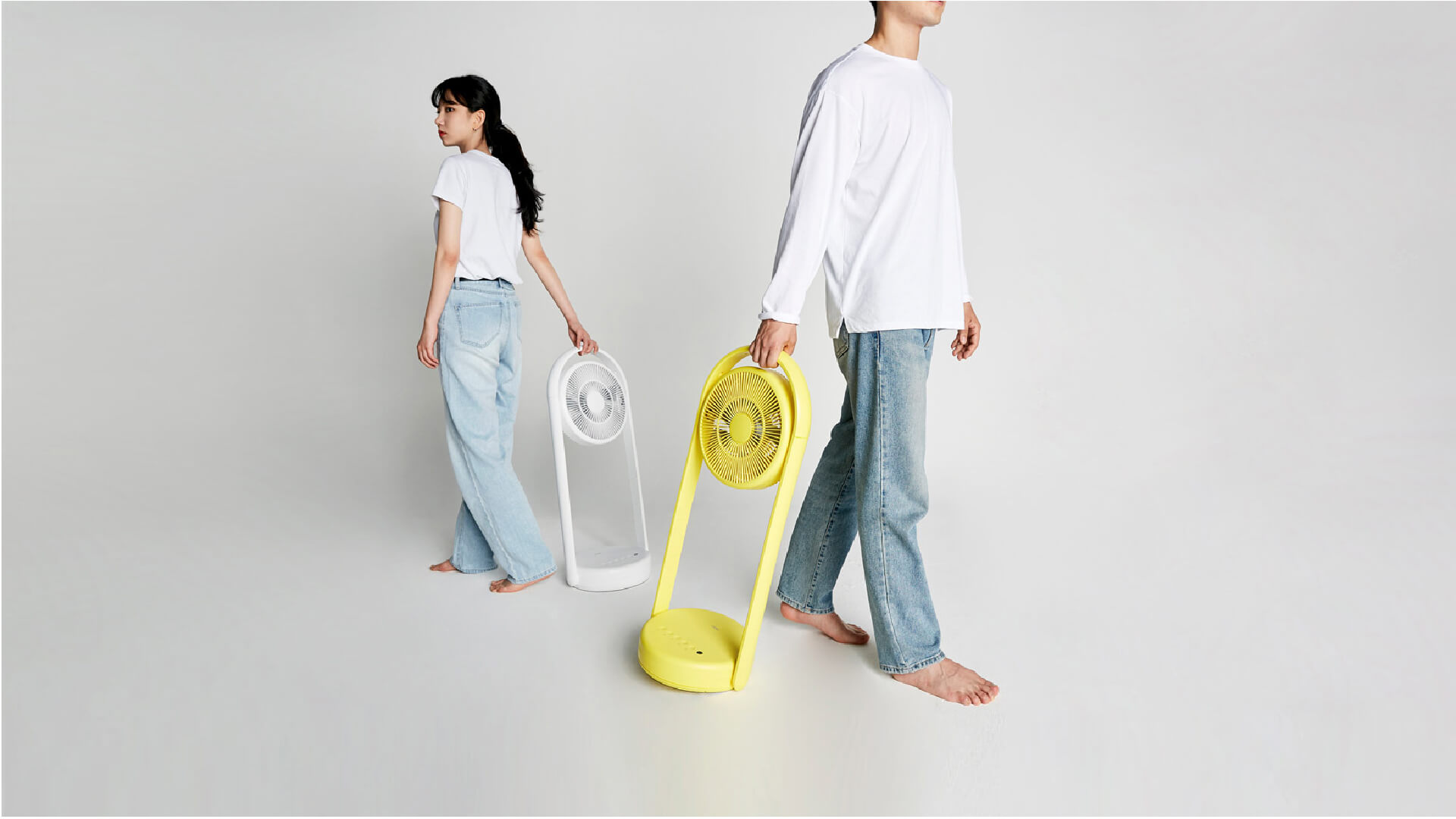TerraLiving is bringing nature to our spaces, one terrarium at a time
Founded by a team of scientists and designers, TerraLiving is spearheading the moss design industry from their studio in Melaka, Malaysia

TerraLiving is a new and refreshing presence in the industry, their passionate team shares a true love for nature and it is through their introduction of moss terrariums and cutting edge moss art that they plan to showcase plant life and fill our spaces with their miniature ecosystems.
As scientists and designers, they observed the tiny yet abundant living plants, focusing mostly on mosses. They became obsessed with the way mosses have survived through hundreds of years and waves of mass extinction; therefore, they made their goal to deliver one of the greatest survivors of evolution to our life.
Their terrariums are highly customizable and showcase moss and ecosystems beautifully, making each living and breathing artwork truly unique.
TerraLiving is the result of a team of passionate scientists and designers. How was it born? How did the collaboration between scientists and designers begin?
Raymond Yeow:
“Raymond (me), Ming Hui and Evonne co-founded TerraLiving in 2015. Raymond & Ming Hui majored in Biology and worked as scientists in a plant and molecular research laboratory, while Evonne majored in Accounting.
I’m lucky to be a very imaginative person and I’m usually able to visualize what I wish to see very clearly in my mind. I have collected moss since I was 5 because it was everywhere around the fishponds at my house. I got fascinated by moss and I took macro-photos of it with a magnifying glass when I got my first digital camera at 13. I had a dedicated room for make-shift laboratory, equipped with apparatus since I was 7, to run all sorts of science experiments. I dreamt to be an inventor someday.”
Ming Hui has been a talented and gifted artist since he was born, though he ended up majoring in science. He approached me with a terrarium he made from moss harvested along the drain, below our office and told me he wanted to give it as a gift for a girl.
He then asked me if it was possible to actually sell them since he can always make a few extras. He started the initial concept sketch and artwork, then we sourced for materials together and I handled the final R&D.
Evonne joined us to make sure we don’t spend mindlessly and take charge of crucial local & international supply chain and logistics to date.”

Why TerraLiving, why focus on terrariums and ecosystems?
Raymond Yeow:
“We just happen to like beautiful things, and nature itself is unparalleled in beauty. When we first started TerraLiving, there were no existing terrariums that were up to our taste and expectations. Simply put, you can’t even buy one if you wish to, as they don’t exist yet.
The thoughts of a beautiful slice of nature housed within beautifully handcrafted glasses motivate us to start creating, instead of waiting for someone to deliver it to us.”

TerraLiving aims to bring nature to our desktops, one terrarium at a time. What process do you follow when creating and designing them?
Raymond Yeow:
“While we did large scale terrarium and projects for corporate companies with some even embedded into the building structure itself such as our moss wall built into our gallery, our founders’ vision revolves around living space getting exponentially smaller as the population grows, especially in urban areas.
As we plan to stick to this vision for every design, we take serious consideration into the aspect of beauty, footprints or space taken, how it feels like under different lighting conditions; virtually any living space from coffee table to desk space, all the way to how it feels like when you touch them.”

You are inspired a lot by bio-architecture and biomimicry. What other fields and inputs, inside and outside of the design world, provide you inspiration?
Raymond Yeow:
“Bio-architecture and biomimicry adopted from the world of cell biology, biochemistry, life sciences. In the design world, needless to say, we get inspired by art, ranging from mixed media to abstract art. We took a lot of inspiration from the world of electronic gaming too.
This is especially important as lots of elements from the gaming industry share a similar design philosophy. As for outside of the design world, we get inspired by human psychology, philosophy, natural history, ecology.”

TerraLiving recently unveiled one of the on-going live experiments with the misty moss biome encased within the Terragon – Z glass vessel since March 2019. Can you tell us how the idea of the experiment was born and the process behind it?
Raymond Yeow:
“The process of designing the glass was geared towards future design releases which involve a suspended extension of a glass chamber from a terrarium main body, to deliver a sense of “overhangs” and “gravity” in our work.
It’s been a year without water since the inception of Terragon – Z.”

What are the biggest challenges you face when creating and designing your projects?
Raymond Yeow:
“Ensuring every piece of glass was perfectly put together, choosing the right moss for the right design and importantly, we can’t afford to accidentally damage it after completing the design with moss.
A slight mistake such as accidental damage or crack due to human error on any glass facet may end up a full remake. As for the moss preservation stage, every step is so crucial to ensure the resulting moss is the right quality and built to last. A single mistake in the process may lead to a full discard of the entire batch.”

Looking at the future, what is the next step for Terraliving?
Raymond Yeow:
“On the scientific side, we have a on-going cultivation and currently work on the isolation of important chemical compounds from moss as a long term plan. As for the aesthetics, we are working on more unique designs, especially quarterly and yearly or one-off limited editions. We plan to participate in overseas exhibitions in the future.”
As for social media channels, we are looking into Pinterest.”

Unlimited budget, unlimited resources: what is the project TerraLiving would develop? What would it look like?
Raymond Yeow:
“A gallery in every prominent city with a highly customized design inspired by architecture and nature from that environment, creating a lasting memory about our current art, culture and civilisation.
If a man set foot on Mars, our terrarium will definitely be the first to touch down Mars’ surface.”









